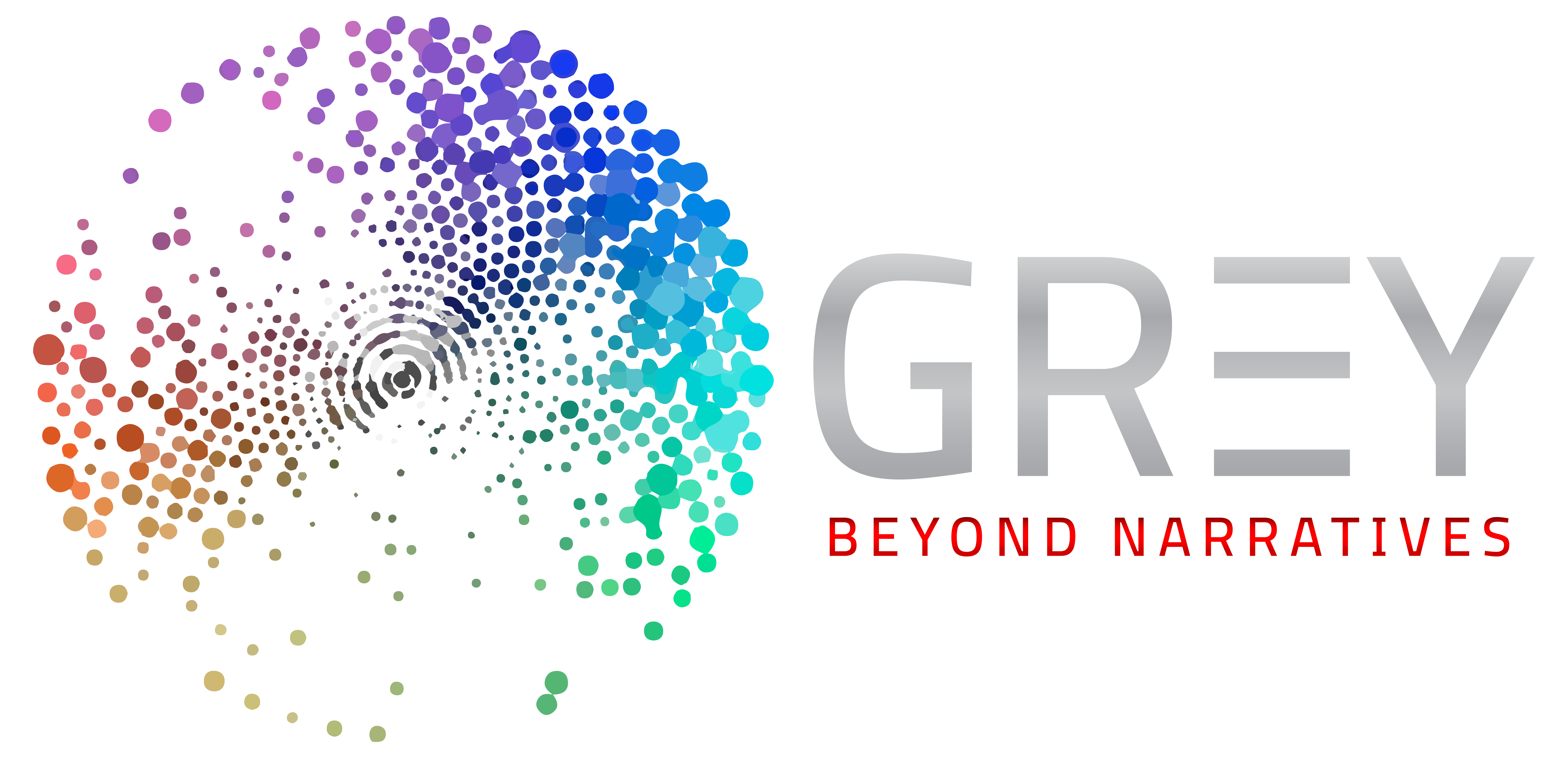
In June, NASA announced that it had commissioned an independent study team to investigate unidentified aerial phenomena (UAPs) from a scientific perspective. Last week, NASA announced the members of the independent team that will study observed events in the sky that cannot be identified as aircraft or natural phenomena. These sixteen individuals, a collection of scientists and researchers from premier institutions across the U.S., will analyze all possible data sources that could help NASA and other agencies learn more about this phenomenon.
Until recently, the study of UAP was a matter of national security and air safety pursued exclusively by government and military agencies. However, since the Office of Director of National Intelligence (ODNI) released its report last year (aka. the UFO Report), it has become the subject of scientific research. However, scientists require access to extensive sets of data to verify and explain observed events. Therefore, the focus of the study is to inform NASA about possible data sources that could discern the nature of UAP.
The team began their work on Monday, October 24th, and will spend the next nine months laying the groundwork for future studies of UAPs by NASA and other organizations. This will consist of the team reviewing how data gathered by government, commercial, military, and other entities (which has since been declassified) can be analyzed to learn more about UAPs. This team will then prepare a series of recommendations for UAP data analysis to NASA and a full report of its findings for the public (to be released by mid-2023).

Thomas Zurbuchen, associate administrator of the Science Mission Directorate at NASA Headquarters, said in a recent NASA press statement:
“Exploring the unknown in space and the atmosphere is at the heart of who we are at NASA. Understanding the data we have surrounding unidentified aerial phenomena is critical to helping us draw scientific conclusions about what is happening in our skies. Data is the language of scientists and makes the unexplainable, explainable.”
Daniel Evans, the assistant deputy associate administrator for research at NASA’s Science Mission Directorate (SMD), is responsible for orchestrating the study. The team is led by David Spergel, the President of the Simons Foundation and the founding director of the Flatiron Institute’s Center for Computational Astrophysics). The UAP independent study team is comprised of leading scientists, data and artificial intelligence analysts, and aerospace safety experts.
Other group members include Anamaria Berea, an associate professor at George Mason University, research affiliate with the SETI Institute, and a research investigator with the Blue Marble Space Institute of Science (BMSIS). There’s David Grinspoon, a senior scientist at the Planetary Science Institute (PSI), adjunct professor, the former inaugural Baruch S. Blumberg/NASA Chair in Astrobiology,and member of NASA’s upcoming DAVINCI mission. And then there’s Scott Kelly, a former NASA astronaut who commanded Expeditions 26, 45, and 46, and spent a year aboard the ISS as part of the NASA Twins Study.
Other people of interest include Mike Gold, the executive VP of Civil Space and External Affairs at Redwire Space, and a former NASA associate administrator who helped draft the Artemis Accords and the international agreements for the Lunar Gateway; and Shelley Wright, an associate professor of physics at the UCSD’s Center for Astrophysics and Space Studies (CASS), SETI researcher and instrumentalist, and principal investigator for the UCSD Optical Infrared Laboratory (OIR).
Every member is charged with a specific area of focus, with the ultimate purpose of informing NASA how to apply the full focus of science and data to the study of UAPs. Each member was appointed in accordance with the Federal Advisory Committee Act (FACA), which governs the operation of independent federal advisory committees and ensures public involvement in the process. Said Evans:
“NASA has brought together some of the world’s leading scientists, data and artificial intelligence practitioners, aerospace safety experts, all with a specific charge, which is to tell us how to apply the full focus of science and data to UAP. The findings will be released to the public in conjunction with NASA’s principles of transparency, openness, and scientific integrity.”
This study and the resulting recommendations are part of NASA’s astrobiology program, which is dedicated to the search for extraterrestrial life. This consists of looking for chemical signatures that are associated with life and biological processes (“biosignatures”) and indications of technological activity (“technosignatures”). Through the study of UAP, NASA will be searching for evidence of active or defunct technology through which we can infer the existence of extant or extinct civilizations.
These efforts include searches here at home through the study of UAP, throughout the Solar System via robotic missions, and the Universe at large through the study of extrasolar planets. Potential technosignatures include space probes, radio communications, directed energy signatures, megastructures, and other indications of advanced intelligence. These efforts are paralleled by the work of non-profit organizations like the Galileo Project, led by Prof. Abraham Loeb of Harvard University, and the Harvard & Smithsonian Center for Astrophysics (CfA).
The full list of team members and more information about them can be found here,
Further Reading: NASA
The post NASA Announces the Team who’ll be Studying UFO Data. It’s a Pretty Impressive List appeared first on Universe Today.





More Stories
Will Triton finally answer, ‘Are we alone?’
SLS Hurricanes, James Webb Fixed, Strange Quark Star
This Nearby Dwarf Galaxy has Been a Loner for Almost the Entire age of the Universe